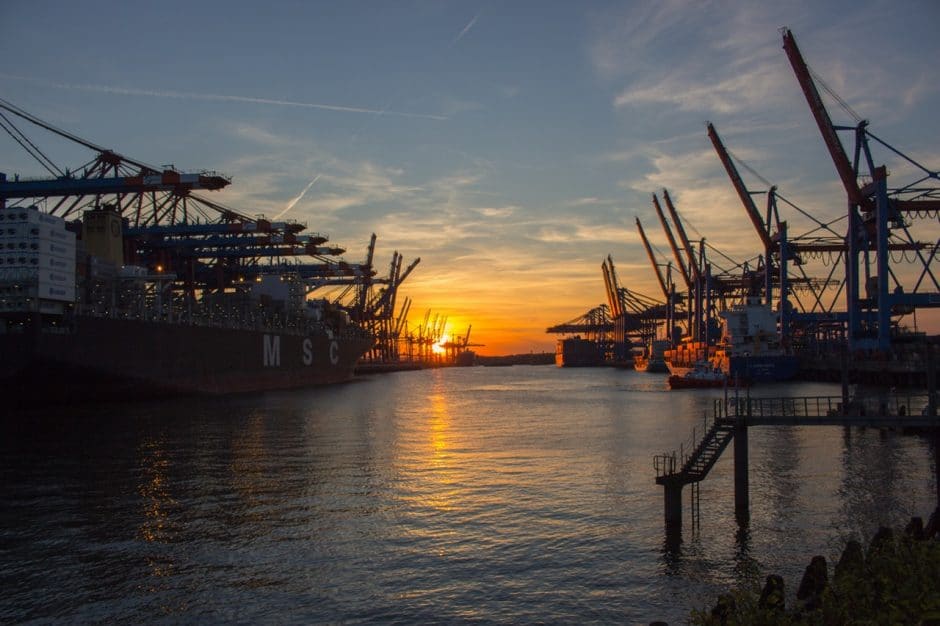New reports say net-zero emission EU heavy industry by 2050 is achievable

Achieving net-zero emissions by 2050 for European energy-intensive industries is within reach. These industries can contribute their share to the EU’s net-zero by 2050 vision if supported by the right policy framework which is currently under discussion by the European Union’s member states. Two reports published last week (25 April) show the path European industries could take to become carbon neutral while remaining competitive at the global level.
This first report, conducted by Material Economics, shows that a net-zero heavy industry is technically feasible and the question is no longer about whether the industry should go for climate neutrality but how it gets there. However, if it is not supported by the right policy framework, the transition could be challenging for the industry, which needs to redirect its investments onto a net-zero pathway. The second report, authored by the Institute for European Studies at the VUB, picks up on these challenges. It proposes specific policy solutions as part of a comprehensive industry climate policy strategy for a competitive, net-zero and circular heavy industry.
Heavy industry is a sector of the EU economy where CO2 emissions abatement is currently stagnating and with significant fossil fuel use. Previously perceived as the ‘hard to abate’ industrial sectors, steel, chemicals, and cement account for about 14 per cent of Europe’s annual emissions. These industries have a key role to play in the decarbonisation of the European economy to fulfil the EU’s commitments under the Paris agreement. The two reports Industrial Transformation 2050 – Pathways to Net-Zero Emissions from EU Heavy Industry, and Towards an Industrial Strategy for a Climate Neutral Europe spell out a vision of an integrated climate and industrial strategy to support this transition.
The authors of the reports have been backed by Climate KIC as part of its engagement with European policy-makers to contribute to EU climate policies and support systemic innovation to tackle climate change.
Laurence Tubiana, CEO, European Climate Foundation, the main commissioner of the report explains: “In previously conservative sectors, we now see front-runners that are really envisioning different production models and technologies – including zero-carbon aluminum, steel, gas, and automobiles. The phase when abatement of emissions from industry was considered impossible is over. Industry leaders are looking at totally disruptive technologies and visions.”
A more circular economy is an integrated part of the vision presented in the report. Increased materials efficiency throughout value chains could cut 58–171 Mt CO2 per year by 2050. “As the reports published today outline, there are multiple industrial pathways and strategies which the EU could pursue to achieve Net-Zero Emissions from EU Heavy Industry by 2050. Time is short and we think that a more circular economy with greater material efficiency, reducing the need for new material production, shall be accelerated through further innovation and financial investments. This will be a large part of the answer to reduce emissions from industry to net zero by 2050,” explains Sira Saccani, Climate KIC Director for Sustainable Production Systems and part of the report’s steering group.
A circular economy includes reusing materials that have already been produced, resulting in large emission reductions. By 2050, 70 per cent of steel and plastics could be produced using recycled feedstock. In the case of plastics, using end-of-life plastics as feedstock for new production could significantly reduce the need for fossil fuels to produce new plastics. More generally, innovations in new, clean production will help enable deeper emission reductions over time. Between 143–241 Mt CO2 per year could be cut by 2050 by deploying new industrial processes.
Reaching the full decarbonisation of heavy industry will create an opportunity for Europe to become one of the key global hotspots for deep decarbonisation. Ten years ago Europe was an undisputed leader in a wide variety of renewable energy and low-carbon products and services. It now has the chance to boost the competitiveness of its industry by developing sustainable solutions that will be needed globally.
Most importantly, there is an opportunity for such a transition to deliver benefits to EU citizens and consumers, thanks to a more circular economy and affordable electricity, consumer prices of cars, houses and packaged goods would increase by less than 1 per cent. Overall, the additional costs of achieving zero emissions are around 0.2 per cent of projected EU GDP by 2050.
Adair Turner, Chair of the Energy Transitions Commission, who also reviewed the report, adds: “This report confirms [..] that it is technically possible to achieve zero carbon emissions from heavy industry by 2050, at a very low cost to consumers and no cost to jobs. Europe should now grasp the economic opportunities which rapid progress towards full decarbonisation will create.”
Strong policy support will be needed in the near term to ensure companies remain profitable in the transition. The report Towards an Industrial Strategy for a Climate Neutral Europe focuses on those specific policy solutions. The suggested policy options range from accelerating research and development, creating lead markets for and safeguarding the competitiveness of low-CO2 solutions, to incentivising and scaling up investments, enabling a fully circular economy as well as facilitating sector coupling and supporting infrastructure. The report suggests that a dedicated governance mechanism for the industrial transition at the EU level must be put in place to guarantee a successful transition.
